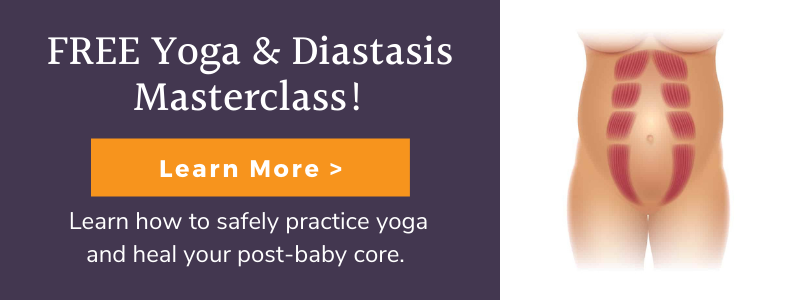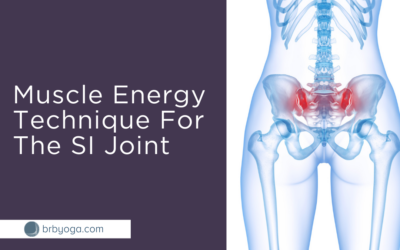Upper back and neck discomfort are some of the most common issues we hear about from moms.
Why is that?
Well, for one, moms spend a lot of time ‘rounding.’ As a mother to a little one you may be breastfeeding and carrying babies. On top of that, we live in a culture with excessive sitting and we spend all day looking at a phone. These all contribute to a more rounded posture. This rounding causes muscle imbalances that lead to pain.
There are also specific postpartum changes that can worsen this issue. These include extreme tightness of back muscles and changes in our breathing patterns from pregnancy. I have three simple tips that can help reduce this common discomfort.
Here are my top 3 very simple tips for addressing and reducing this discomfort:
Tip 1: Correct your head position.
When your head is aligned over the spine, it puts very little weight on your spine. But if you move your head forward, you increase the pressure/weight pulling on your spine substantially. When our spine and head are stacked properly, things are working as they should be. But once that stack has shifted, we create a lot more work for our muscles.
The best way to remedy this is what I call ‘the eavesdrop.’ Instead of leaning in, imagine you are listening to a super juicy conversation…behind you. When you do this, your head pops back in line with the rest of your spine and creates some immediate relief for your upper back and neck.
Tip 2: Breathe properly.
During pregnancy, many of us learn to breathe in a less than ideal way. Instead of using our diaphragm and extending our rib cage (as is ideal), we start using secondary muscles in our necks and shoulders to breathe. Breathe in, shoulders lift. They lift to try to create more space in the rib cage, but the result is fatigued and tight muscles.
Instead, keep your shoulders down, keep the neck soft, and inhale and feel your rib cage expand left to right and forward and back. When you do this, your belly is going to move and your rib cage will expand. The shoulders and neck won’t need to work to help you breathe, and can get a much needed break.
Tip 3: Open your back body.
In the previous tip, we talked about expanding the rib cage to breathe…however, a lot of postpartum women are extremely tight in their back muscles and find that when they try to expand their rib cage, it doesn’t move! Those tight muscles prevent the movement of your ribs.
To open the back body, I recommend a simple exercise. Find something low to the ground, like a stable chair, and come into a squatting position in front of it. Grab hold of the bottom (chair legs, couch, etc) with your arms around your legs. Have a rounded spine, and drop your chin to your chest.
As the legs are pressing against the front of our body and we breathe in, this opens the back muscles from the inside. Let your head relax down, and breathe really deeply and feel the expansion in the back body.
Do 5-10 breathes like that every day to help open up these muscles and rib breathing will become much easier.
A quick note: if this doesn’t feel good on your pelvic floor…maybe it feels like you will pee if you do that, you can modify this by sitting in a chair and place your feet on blocks in front of you. Wrap your arms around yourself, and tuck your chin into your chest and do these same deep breaths.
Becoming a mom does NOT mean you must struggle with tight, achy necks and shoulders.
If you are looking for a comprehensive system to help strengthen your post-baby core and bring some balance back to the body, you might be interested in my FREE training: How to Safely Practice Yoga With A Diastasis. Click below to sign up.





